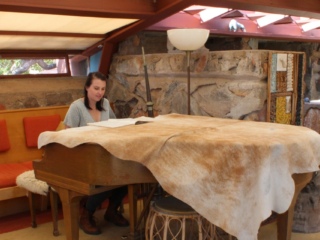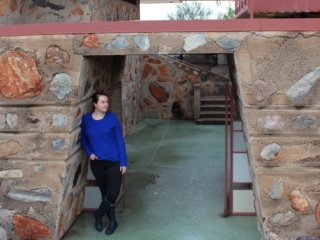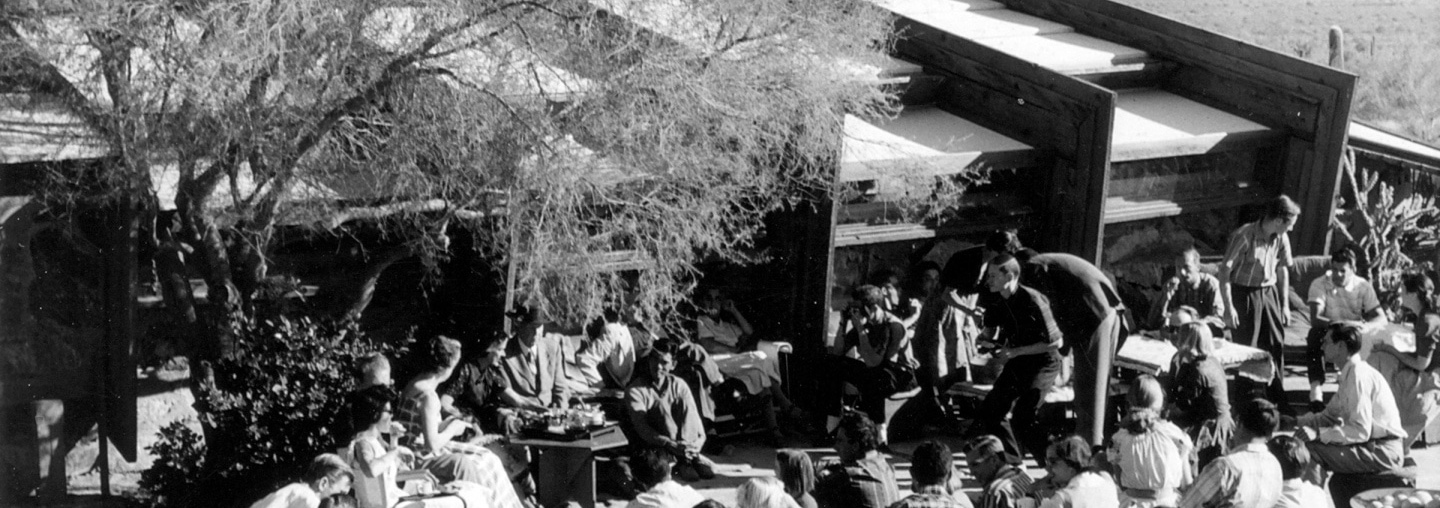
Learning by Doing Part 5 – The Whole is to the Part as the Part is to the Whole
Meagan Vanderhill | Nov 12, 2019
In the final part of her learning by doing series, Frank Lloyd Wright Foundation 2018-2019 Graphic Design Fellow Meagan Vanderhill reflects on the process and dissects what she learned from applying Wright’s principles to her life.
“You do not learn by way of your successes. No one does. Your successes gradually build a wall between you and your creative self. You can not afford to let that happen. You must always keep that wall aside so that you can see out.” Frank Lloyd Wright, 1952.
Over the past few months I have immersed myself in Wright’s philosophy of learning by doing. I wanted to experience the Taliesin Fellowship through authentic learning experiences in order to further my design practice and possibly change the way I saw the world. Wright sought to teach that everything in life and nature was part of a larger whole. By replicating some of the learning opportunities Wright presented to his students, I was able to learn this lesson in a real, engaging, and rewarding way. This experiment allowed me to gain firsthand knowledge of the Fellowship, connect with the community at Taliesin West, and expand my perspective of design.
In Part One of this series, I began by going back to Wright’s roots. When Wright was a child, his first experience with learning was through the methods laid out in Friedrich Froebel’s kindergarten. Froebel’s methods taught an understanding of nature, pattern, and unity through play, observation, experimentation, and storytelling.
Learning about Froebel’s methods helped me to better understand how Wright developed his philosophy. It was a great way to begin this journey because it taught me how much you can learn through independent study. Froebel’s methods teach you how to uncover knowledge—discovering for yourself rather than being told. Not only did this method of learning give me confidence in my own ability to learn, but it set me up for success throughout the rest of my experiment. Each experiment in this series involved observation, discernment, and self-reflection.
I also participated in tasks that were essential to Wright’s Taliesin Fellowship. In Part Two, I researched recipes and cooked a meal to serve to my friends. I lived a day filled with intentional creativity in Part Three. And in Part Four I learned how to listen to the structure of music and how to play an instrument. Through all of these experiences, I realized that learning by doing is a conscious, daily choice. It’s not unusual to cook dinner for your friends. But, taking the time to reflect on the experience makes you realize how cooking relates to other areas of your life.
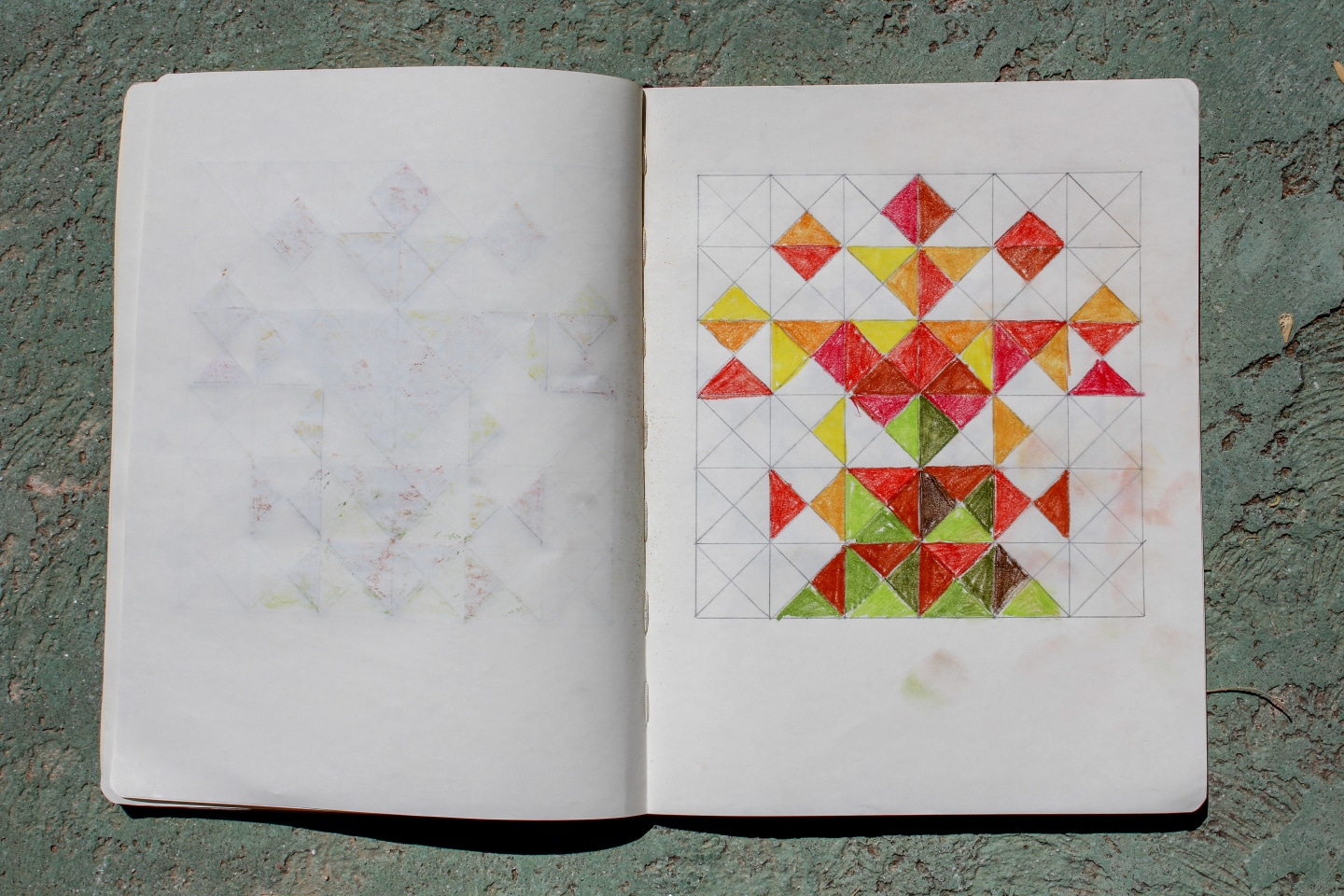
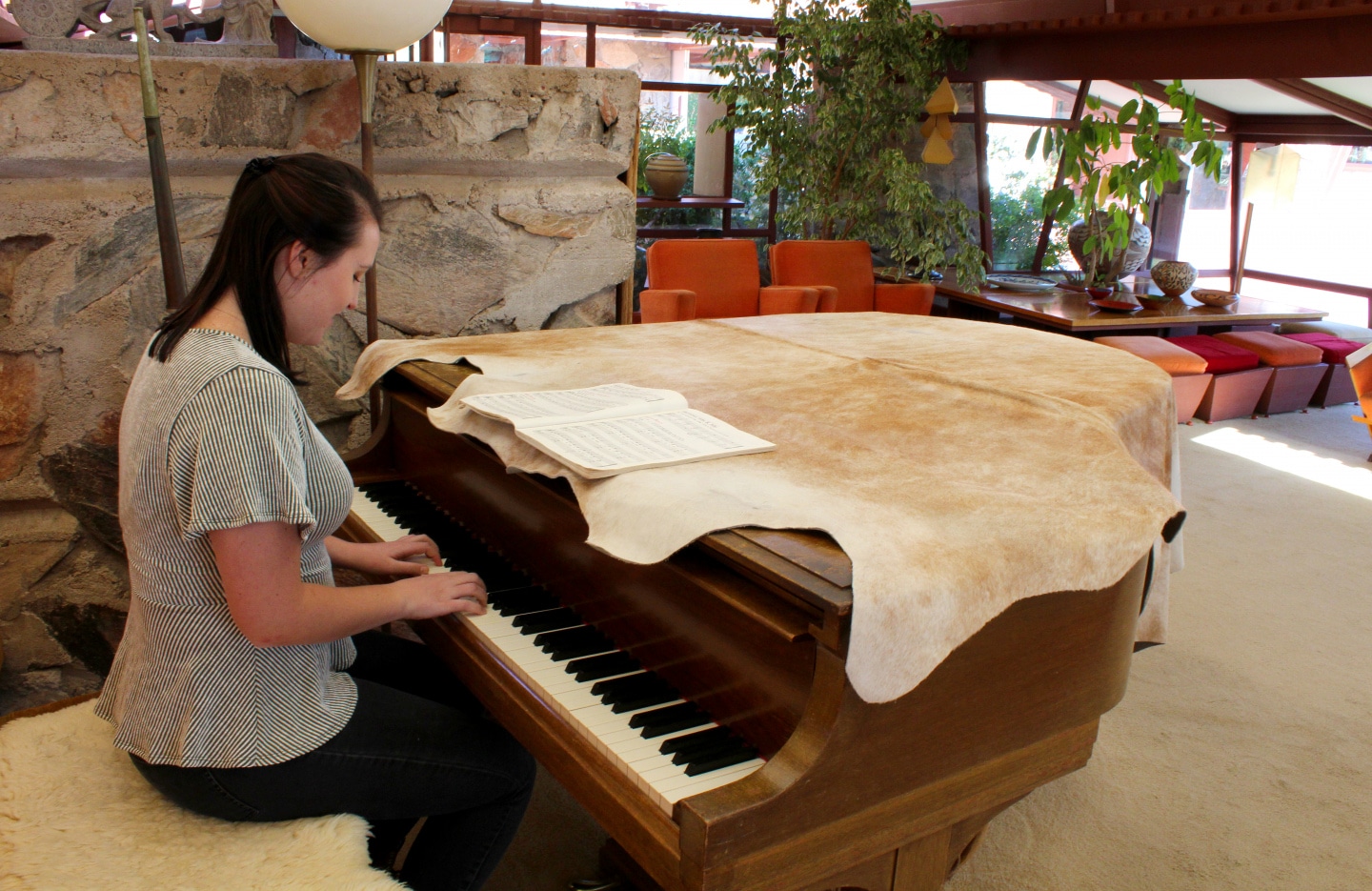

Cooking is a communal activity and it teaches you how to connect with and care for people, while also teaching you how to budget time and money. Similarly, enjoying your day and getting as much inspiration out of it doesn’t require you to change your routine. It just requires you to be intentional throughout the day. To be curious and make observations so that your creativity can grow.
Music, another important aspect of the Fellowship, is a whole world waiting to be discovered. The benefits of listening to and learning music are vast. It not only teaches you beauty, harmony, and expression but it also teaches you structure, math, and rhythm.
Learning by doing is a philosophy where the world is the teacher and the student has endless opportunities to learn, the only limit being their openness to new experiences. Seeing every experience through this lens has impacted my life in unexpected ways. These are the key takeaways I have learned from this experience:
-
Intentionality is everything – Being intentional about what you are doing makes all the difference. When you stop filling your day with mindless tasks and start being intentional with your time, you’re able to get more out of everyday experiences.
-
Every task is an opportunity – Rather than looking at tasks as duties, look at them as opportunities for growth. Reframing the way you think about the day-to-day tasks can help you see them in a new light. What are you learning from your task and how can you apply it to other areas of your life?
-
Learning is an everyday activity – No matter your age or level of experience, learning by doing is something anyone can do. Expanding on what you already know involves believing that there’s always more room to grow.
-
The only thing you need is an open mind – In order to begin learning by doing, all you need to bring is an open mind. Learning by doing is about curiosity, discovery, and exploration.
This experience required me to show up and open myself to learning through new methods. I had a lot of fears going into this process. I felt insecure about my ability to perform these tasks in an authentic way. Despite these fears, I felt a strong connection to the Fellowship and I wanted to explore it to the fullest extent. While researching for this series, I visited the library several times and read what past fellows had written about their experience. Research led to in-person conversations that painted an even fuller picture.
Wright’s legacy lives on because the people he shared his philosophy with valued the lessons they learned and wanted to preserve and share these lessons with others. Getting to be a part of this legacy and share my own experience with others has been more rewarding than I can imagine. I am here today, living and learning at Taliesin West because those who came before me realized how incredibly unique and valuable this community is and sought to protect it. I hope that even more people can take part in this legacy by implementing some of these lessons into their own lives.

